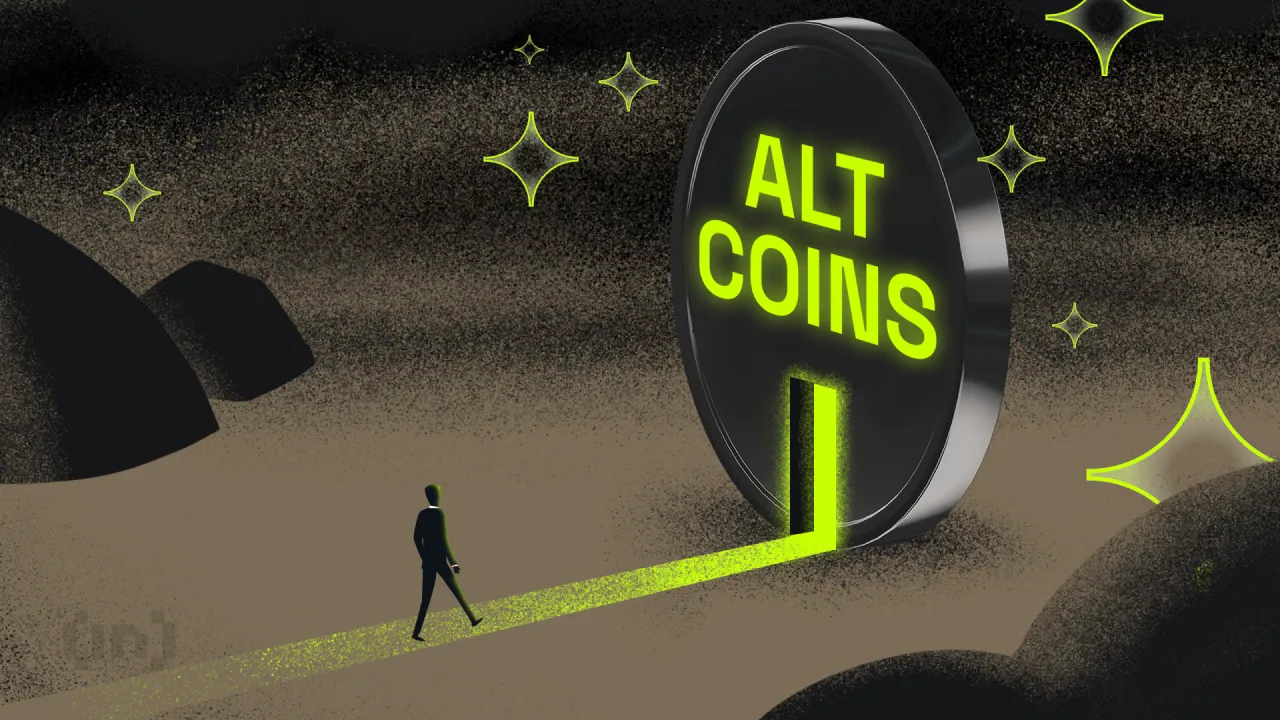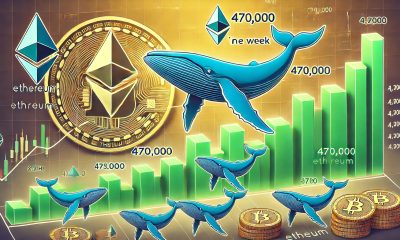Market
Ondo (ONDO) Flashes Bullish Signal, Accelerating $2 Predictions
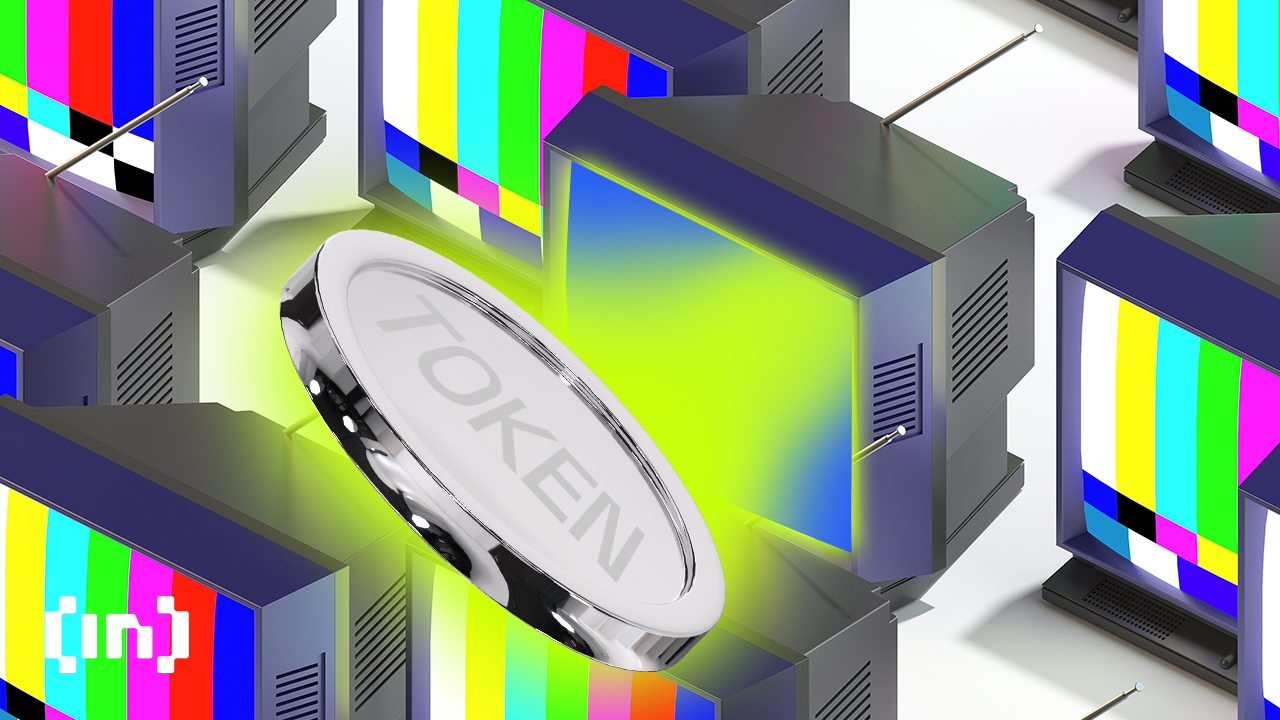
Calls for Ondo (ONDO) to reach a new all-time high dominated the market after the price reached $1.48 on June 3. Yet, the token went against those wishes and is now 17.64% down from its peak.
When analyzing a cryptocurrency’s prospective price, on-chain data lets out unseen insights to help investors make informed decisions. For ONDO, there has been a change in previous developments, suggesting that the bullish predictions could become reality.
Cheaper Spend Can Lead to Higher Prices
When ONDO launched, its price was around $0.11. However, its 658% increase over the last 365 days makes it one crypto with many eyes on it. Fueled chiefly by solid fundamentals and a trending Real World Asset (RWA) narrative, here is how the cryptocurrency may fare in weeks to come.
To start with, BeInCrypto assesses the Realized Cap. Simply put, the Realized Cap measures the average value weighted by the price token holders paid for it. Furthermore, increases occur when cryptocurrencies that were last moved are spent at cheaper prices.
Converesly, the value decreases when the last tokens moved are spent at high prices. As a result, the metric acts as on-chain support or resistance.
At press time, ONDO’s Realized Cap stands at $1.15 billion. On average, the metric is a crucial tool for spotting accumulation and distribution regions. However, this happens when compared with the market cap.

If the Realized Cap is above the market cap, it implies a warning sign that the price may decrease. As of this writing, Ondo’s market cap is $1.70 billion. Furthermore, the fact that the Realized Cap is lower paves the way for the price to continue its bullish path.
Read More: How To Invest in Real-World Crypto Assets (RWA)
Tokens Continue to Leave Circulation
As the metric above increases, the Mean Coin Age takes the opposite direction. Often called by its short form, the MCA tracks the average age of all tokens on the blockchain. With the MCA, one can tell if trading activity around a token increases or if holders are sticking to keep it out of circulation.
According to Santiment, the 90-day MCA has plummeted as of this writing. This means that ONDO holders are refraining from sending tokens into exchanges. Instead, they seem committed to keeping them in self-custody.
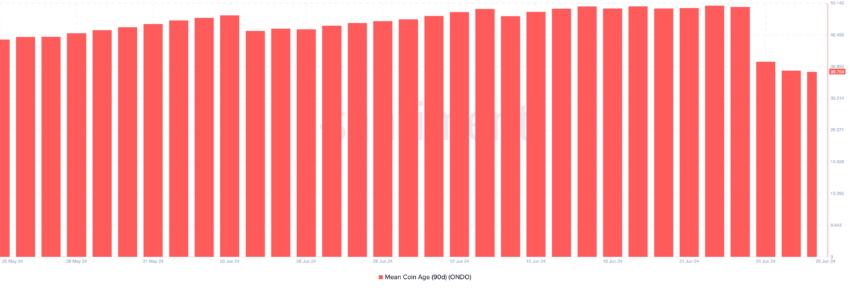
If sustained, ONDO’s price can begin to run past its all-time high, and the $2 prediction being talked about in the market may come to pass.
Outside of the price action, the Total Value Locked (TVL) continues to reach new highs. Based on DeFiLlama’s data, Ondo’s TVL is $549.18 million. This is an 18.32% increase within the last 30 days.
TVL measures a protocol’s health by gauging the value of locked or staked assets. An increase implies that market participants are depositing more liquidity with hopes of a good yield, which is the case with Ondo.

If the TVL falls, it means that participants are withdrawing their assets as perceived trust for the project wanes. However, it is unlikely that the value of locked assets will plummet, especially as interest from traditional institutional investors continues to climb.
ONDO Price Prediction: Is a 15% increase Next?
Alongside the rising TVL, technical analysis shows that ONDO’s price is eyeing further gains. One reason for this forecast is the Exponential Moving Average (EMA), a technical tool designed to track a cryptocurrency’s price trend over a given period.
Some of the most important timeframes include the 20 EMA, 50 EMA, and 200 EMA. The daily ONDO/USD chart shows that the price is $1.20, trading above the 20 EMA (blue). This is a bullish sign for the token and may ensure the ONDO’s price does not fall below $1.19.
The token also trades above the 50 EMA (yellow), indicating that the cryptocurrency’s trend may give in to the upside in the short term. Should this be the case, ONDO’s first target will be a 15% increase to $1.39.
Afterward, it may move to break through the all-time high at $.1.48 if whales decide to buy as they did in the past.
Read More: Real-World Asset (RWA) Backed Tokens Explained
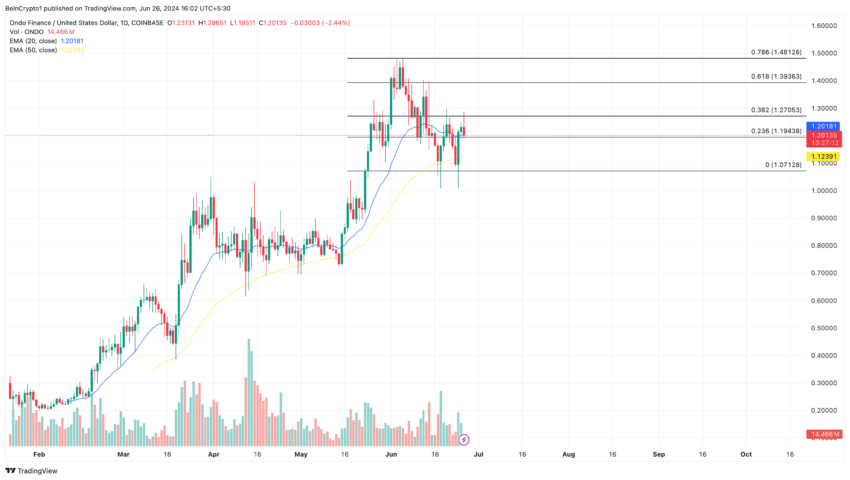
In the event that the price slides below the aforementioned EMAs, the prediction will be invalidated. If this happens, ONDO may drop to $1.07, setting the stage for a 12% decrease.
Disclaimer
In line with the Trust Project guidelines, this price analysis article is for informational purposes only and should not be considered financial or investment advice. BeInCrypto is committed to accurate, unbiased reporting, but market conditions are subject to change without notice. Always conduct your own research and consult with a professional before making any financial decisions. Please note that our Terms and Conditions, Privacy Policy, and Disclaimers have been updated.
Market
BeInCrypto US Morning Briefing: Standard Chartered and Bitcoin


Welcome to the US Morning Crypto Briefing—your essential rundown of the most important developments in crypto for the day ahead.
Grab a coffee to see how Standard Chartered sees early signs of institutional investors turning to Bitcoin as a hedge against equity market volatility, just as traders gear up for a potentially volatile week driven by tariff news. At the same time, Coinbase wraps up its worst quarter since the FTX collapse, and U.S. regulators inch closer to unified stablecoin legislation.
Standard Chartered Sees Signs of Bitcoin Starting to Be Used as Hedge Against Market Volatility
Geoff Kendrick, Head of Digital Assets Research at Standard Chartered, sees signs that institutional traders are starting to use Bitcoin as a hedge against equity market volatility.
In a recent exclusive interview with BeInCrypto, Kendrick highlighted that this trend is already underway, with investors seeking alternatives to traditional instruments. “This is happening already,” Kendrick stated. “Investors used to use FX, specifically AUD, for this purpose due to its highly liquid and positive correlation to stocks, but now I think Bitcoin is being used because it is also highly liquid and trades 24/7.”
Additionally, in an investor note from late March, Kendrick expanded on Bitcoin’s evolving role in investment portfolios, suggesting that over time, Bitcoin may serve multiple purposes—both as a hedge against traditional financial market fluctuations and as a proxy for tech stocks.
He pointed out signs that markets could anticipating a less severe tariff announcement from the U.S. on April 2. “Given this has been the worst quarter for the Nasdaq since Q2 2022, there should be a degree of portfolio rebalancing (buying) that needs to take place,” Kendrick added.
As of April 1, 2025, Bitcoin has shown resilience amid broader market uncertainties. The cryptocurrency is up approximately 3.32%, trading at $84,282. This uptick comes alongside an overall increase in the global cryptocurrency market capitalization. In contrast, U.S. stock futures, including Dow Futures, S&P 500 Futures, and Nasdaq Futures, are all trending lower in pre-market trading, reflecting investor caution ahead of the anticipated tariff announcements.
Bitcoin Options Heat Up Before Trump’s “Liberation Day”
FalconXCrypto Global Co-Head of Markets, Joshua Lim, noted that in anticipation of Wednesday’s Trump-tariff “Liberation Day,” crypto funds are actively purchasing Bitcoin options at two key strike prices: $75,000 on the downside to hedge against potential losses and $90,000 on the upside to capitalize on a price surge.
Lim highlighted that the options market is pricing in a potential 4% move in Bitcoin’s price during the event. “The implied event move embedded in Bitcoin options is around 4% for the 2 April event,” he told BeInCrypto.
He also pointed out that traders are likely to keep buying put options in the short term as a protective measure, maintaining a high options cost premium. “We believe the front of the options curve will hold its premium as traders continue to hedge their portfolios or replace spot positions with limited-loss option positions,” Lim added.
Additionally, he noted a 4-point increase in the VIX, signaling that investors expect heightened volatility in the coming days and are turning to options to manage risk or capitalize on price swings. “US equities are also showing a bid in options, with the front-month VIX up 4 points to 22v from last week,” he said.
Crypto Stocks Slide: Coinbase Suffers Worst Quarter Since FTX Collapse
Coinbase is closing out its roughest quarter since the FTX collapse, with its stock tumbling over 30% since January. While it dipped nearly 1% in early U.S. pre-market trading on Monday, the stock managed to claw back losses and is now up around 1%.
Other crypto-linked companies are also feeling the pressure. Galaxy Digital Holdings has dropped over 8% in pre-market trading, while mining firms Riot Platforms and Core Scientific are only barely staying afloat, each gaining less than 0.5%.
Meanwhile, CoreWeave, which pivoted from Bitcoin mining to AI infrastructure, is struggling after a disappointing IPO. Initially aiming for a $2.7 billion raise, the company had to settle for $1.5 billion, slashing its offer price from the $47–55 range to $40 per share. Since going public last Friday, its shares are down 6.8%, with a 7.3% drop recorded in the last 24 hours.
Byte-Sized Alpha
– Today’s JOLTS report, a key gauge of U.S. job openings, could sway Bitcoin—strong data may boost the dollar and hurt crypto, while a sharp decline could fuel rate-cut hopes and lift risk assets.
– Bitcoin is off to its worst quarterly start since 2018, dropping nearly 12% in Q1 2025—but growing whale accumulation, falling exchange supply, and signs of consolidation hint at a potential rebound ahead.
– Crypto scams are on the rise, with fake Gemini bankruptcy emails and a Coinbase employee breach fueling phishing attacks
– OKX has appointed former NYDFS Superintendent Linda Lacewell as Chief Legal Officer, a move aimed at bolstering its regulatory credibility as the exchange accelerates global expansion into regions like Europe and the UAE.
– A unified U.S. stablecoin regulation could soon become reality, as the STABLE and GENIUS Acts differ by only 20% and enjoy strong bipartisan support alongside SEC and CFTC involvement.
– A push for expanded crypto oversight is underway as incoming CFTC Chair Brian Quintenz meets with Senator Chuck Grassley to discuss regulating the crypto spot market.
Disclaimer
In line with the Trust Project guidelines, this price analysis article is for informational purposes only and should not be considered financial or investment advice. BeInCrypto is committed to accurate, unbiased reporting, but market conditions are subject to change without notice. Always conduct your own research and consult with a professional before making any financial decisions. Please note that our Terms and Conditions, Privacy Policy, and Disclaimers have been updated.
Market
SUI Price Stalls After Major $147 Million Token Unlock

SUI enters a critical phase today as a $147 million token unlock threatens to inject selling pressure into a market already testing key resistance levels. Despite a sharp rebound in momentum—evident in the RSI’s surge from oversold territory—SUI failed to break above the crucial 60 mark, signaling buyer hesitation.
The Ichimoku Cloud shows price action pressing against the cloud’s edge, but lacking the conviction needed for a clear breakout. With a possible golden cross forming on the EMA lines, bulls still have a chance—if they can overcome resistance at $2.50 and avoid being dragged down by post-unlock volatility.
SUI RSI Surged Since Yesterday But Failed To Break Above 60
SUI’s Relative Strength Index (RSI) has jumped sharply to 58.94, up from 29.38 just a day ago, reflecting a strong shift in short-term momentum.
The RSI is a momentum oscillator that measures the speed and magnitude of recent price changes. It typically ranges from 0 to 100. Readings below 30 suggest an asset may be oversold, while levels above 70 indicate it may be overbought.
The rapid rise in SUI’s RSI suggests buyers have stepped in aggressively after a period of heavy selling.

However, despite the impressive rebound, SUI’s RSI briefly approached but failed to break above the 60 threshold earlier today.
This level often acts as a short-term resistance during recovery phases, and the rejection may indicate lingering hesitation among buyers or profit-taking after the surge.
While the RSI nearing 60 is encouraging, a decisive move above it would be needed to confirm a breakout. For now, SUI appears to be in a recovery mode. However, the inability to push past 60 highlights that bulls are not fully in control just yet.
Ichimoku Cloud Shows Lack Of Strong Upward Momentum
SUI blockchain Ichimoku Cloud chart shows a potential breakout attempt, as the price has surged upward and is now hovering right at the edge of the Kumo (cloud).
This movement suggests bullish momentum is trying to build. However, the resistance provided by the thick, red cloud ahead could make it difficult for SUI to sustain the uptrend without stronger confirmation.
The Tenkan-sen (blue line) is starting to rise and has crossed above the Kijun-sen (red line), which is a bullish signal. However, the price still needs to clearly break and hold above the cloud to flip the overall trend from bearish to bullish.
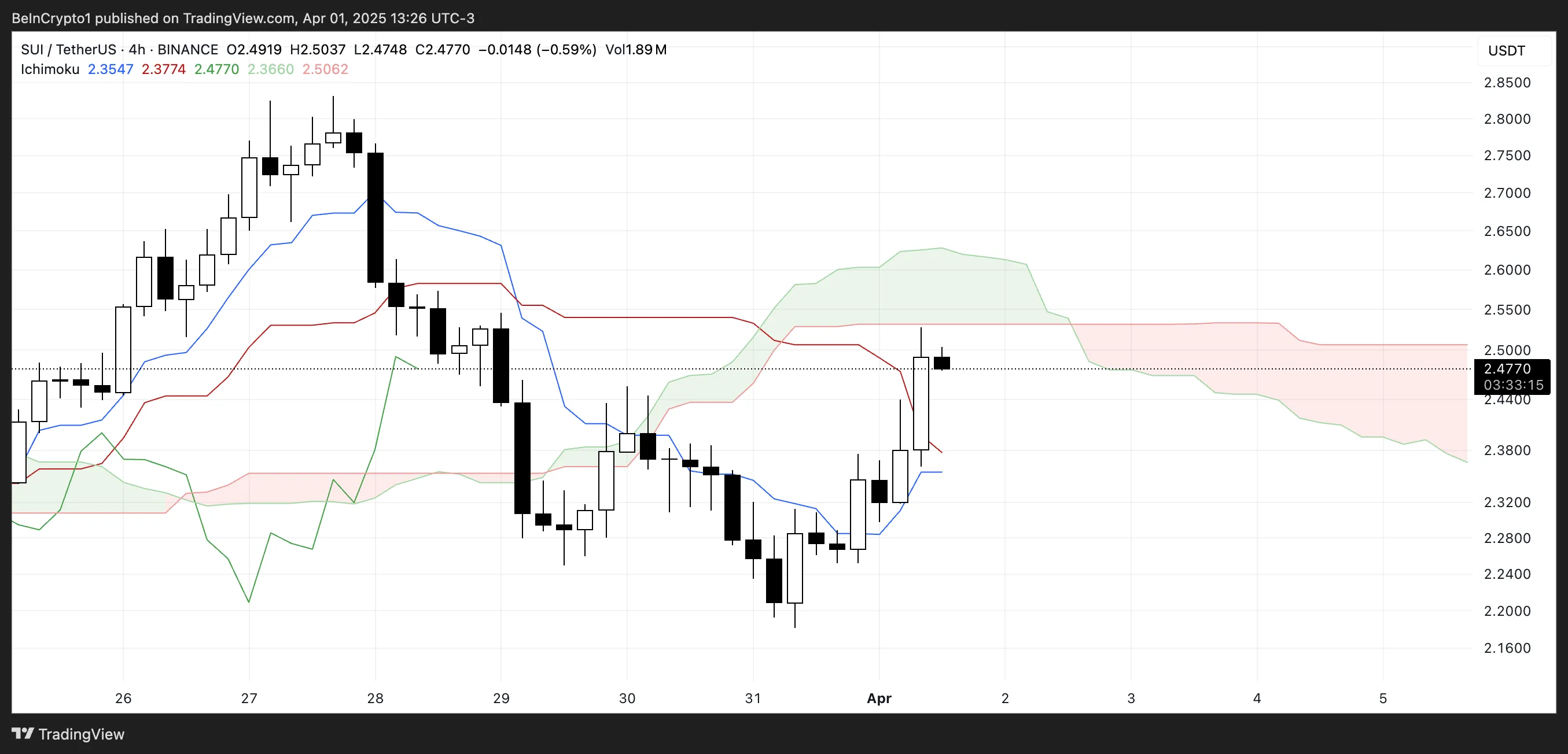
For now, the cloud remains bearish and flat, indicating possible resistance and a lack of strong upward conviction.
The current position suggests that SUI is at a key decision point—either break through the cloud to initiate a trend reversal or get rejected and slip back into the previous downtrend range.
If buyers can sustain the pressure and push the price above the upper cloud boundary, it could trigger a stronger rally. But without increased volume and broader market support, the price risks getting stuck in consolidation or turning back downward.
Will SUI Rise Back To $2.80?
SUI’s EMA lines are tightening and showing signs of a potential golden cross. That happens when a short-term moving average crosses above a longer-term one—a classic bullish signal that often precedes upward momentum.
However, the price is currently grappling with a key resistance near the $2.50 level.
If bulls manage to break through this level, it could open the path for a move toward $2.83.
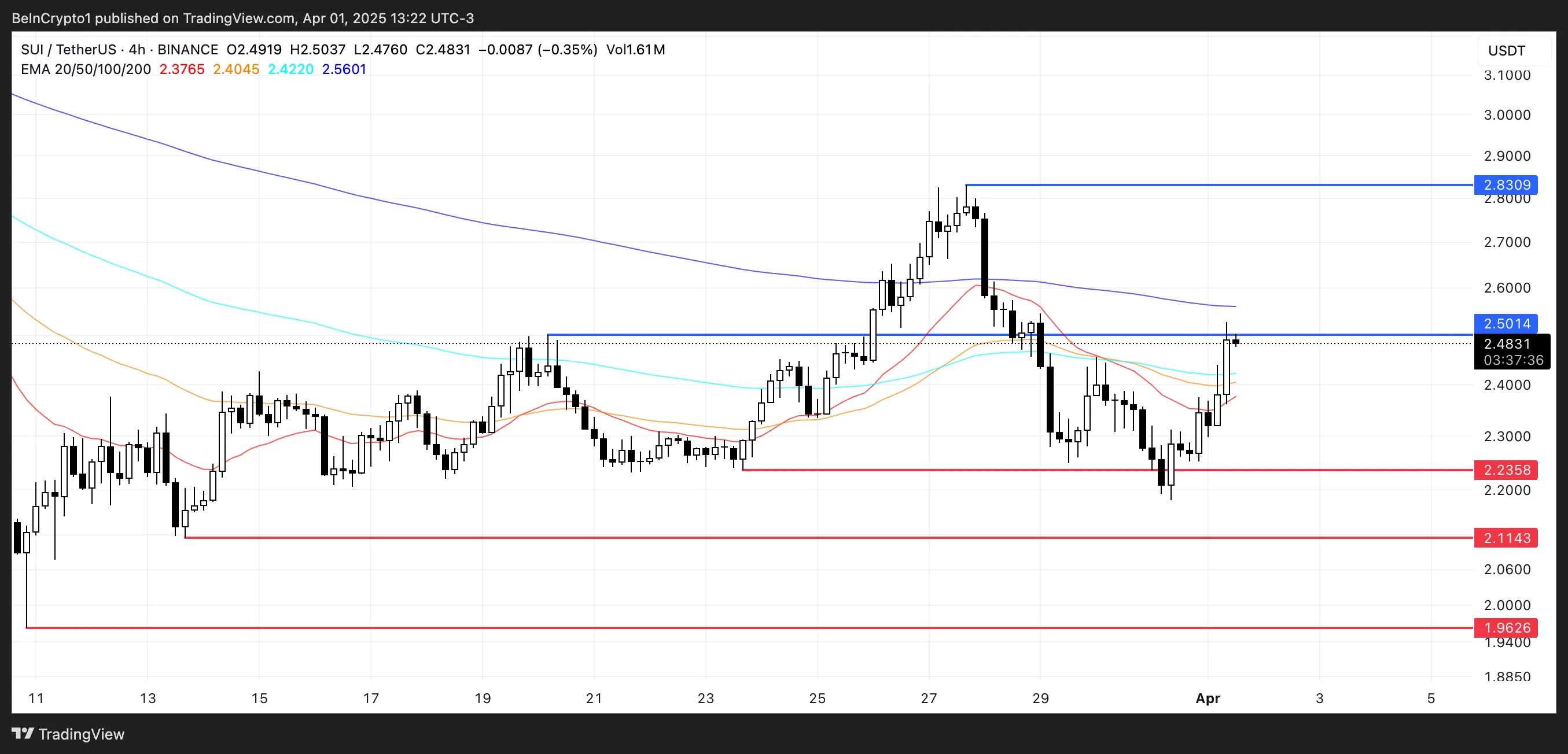
That said, downside risks remain, particularly with today’s $147 million token unlock, which could introduce significant selling pressure. If that selling materializes, SUI price could fall back to test the support at $2.23.
A breakdown below that level would likely shift momentum back in favor of bears. This would expose deeper supports at $2.11 and $1.96.
Disclaimer
In line with the Trust Project guidelines, this price analysis article is for informational purposes only and should not be considered financial or investment advice. BeInCrypto is committed to accurate, unbiased reporting, but market conditions are subject to change without notice. Always conduct your own research and consult with a professional before making any financial decisions. Please note that our Terms and Conditions, Privacy Policy, and Disclaimers have been updated.
Market
Circle Files for IPO
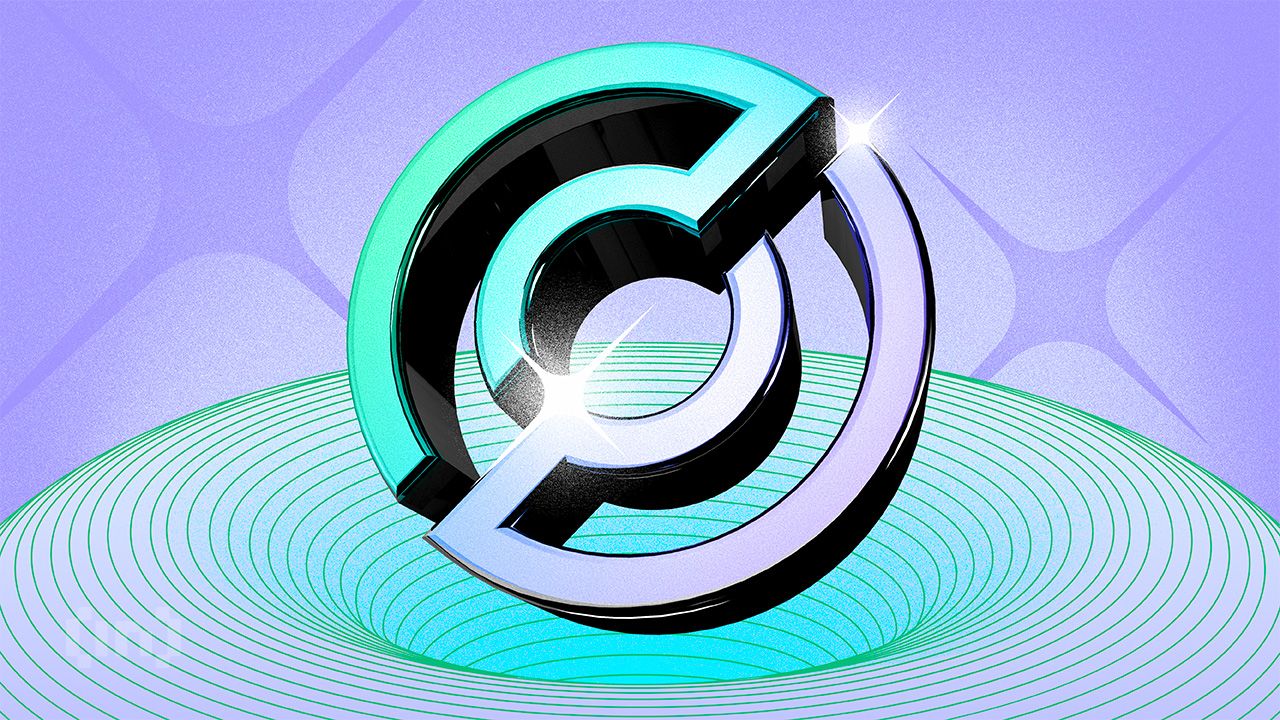

Leading stablecoin issuer Circle finally launched an IPO. It has been preparing for this launch for almost a year, and joins several other crypto firms that are interested in an IPO filing.
This gives Circle a number of opportunities, both to benefit financially and to better integrate with the financial infrastructure and regulatory apparatus.
Circle’s IPO Comes At Last
Circle, one of the world’s largest stablecoin issuers, just filed for an IPO. The firm has been planning this move for nearly a year, relocating to the United States to make the process easier. Since Trump won the most recent Presidential election, the firm’s chances of an IPO increased, and now it has finally pulled the trigger:
“For Circle, becoming a publicly traded corporation on the New York Stock Exchange is a continuation of our desire to operate with the greatest transparency and accountability possible. We are building what we believe to be critical infrastructure for the financial system, and we seek to work with leading companies and governments around the world in shaping and building this new internet financial system,” founder and CEO Jeremy Allaire claimed in the filing.
By launching this IPO, Circle has opened a few new doors for itself. Of course, it’s a substantial opportunity for revenue, but it’s also an important way to intensify the firm’s connections to the financial infrastructure. In this respect, it joins a number of other crypto firms that have sought their own IPO in the last month.
Circle’s IPO filing doesn’t list many concrete numbers, such as initial public offering price, number of available shares, proceeds to the selling stockholders, etc. However, this development is very recent. Further details will likely come to light as the sale progresses.
Disclaimer
In adherence to the Trust Project guidelines, BeInCrypto is committed to unbiased, transparent reporting. This news article aims to provide accurate, timely information. However, readers are advised to verify facts independently and consult with a professional before making any decisions based on this content. Please note that our Terms and Conditions, Privacy Policy, and Disclaimers have been updated.
-
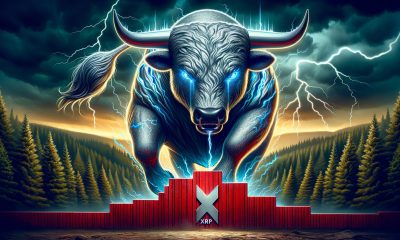
 Market18 hours ago
Market18 hours agoXRP Bulls Fight Back—Is a Major Move Coming?
-

 Market17 hours ago
Market17 hours agoIs CZ’s April Fool’s Joke a Crypto Reality or Just Fun?
-

 Market16 hours ago
Market16 hours agoBitcoin Price Battles Key Hurdles—Is a Breakout Still Possible?
-
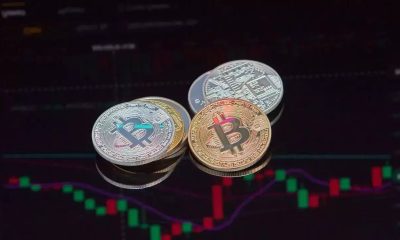
 Bitcoin15 hours ago
Bitcoin15 hours agoBig Bitcoin Buy Coming? Saylor Drops a Hint as Strategy Shifts
-
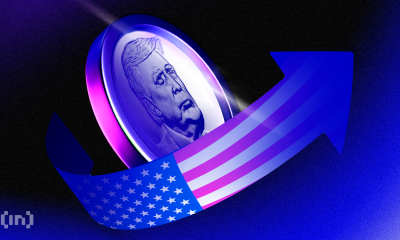
 Market23 hours ago
Market23 hours agoTop 3 Made in USA Coins to Watch In April
-
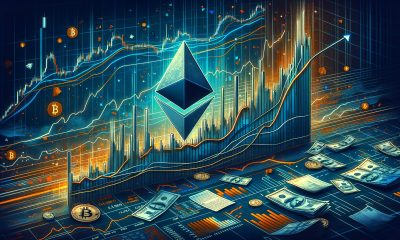
 Market21 hours ago
Market21 hours agoEthereum Price Faces a Tough Test—Can It Clear the Hurdle?
-

 Bitcoin13 hours ago
Bitcoin13 hours ago$500 Trillion Bitcoin? Saylor’s Bold Prediction Shakes the Market!
-

 Market20 hours ago
Market20 hours agoSolana (SOL) Holds Steady After Decline—Breakout or More Downside?




